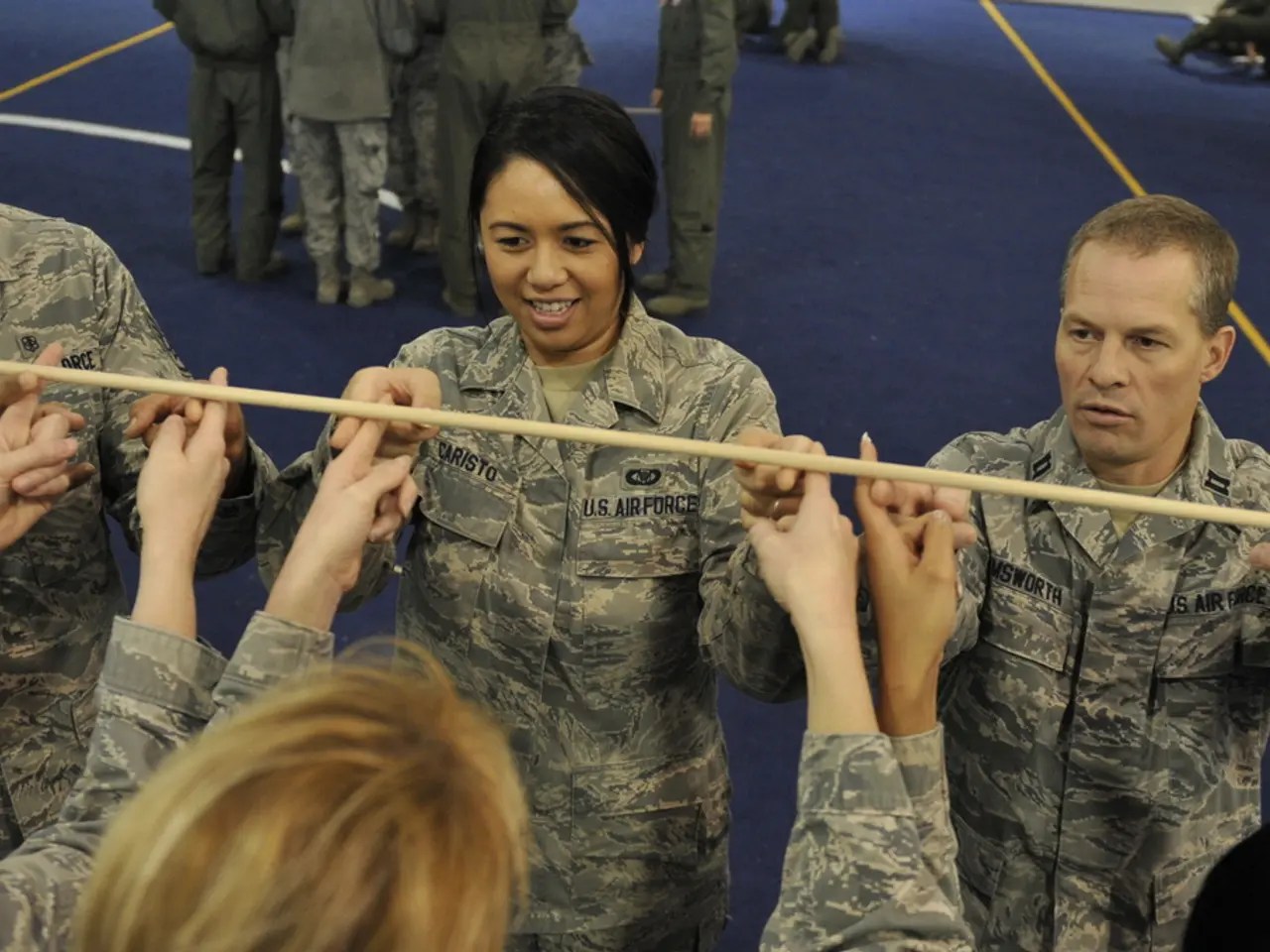Duration of Military Service: Unraveling Service Obligations
The U.S. military offers a variety of career opportunities, each with its own unique service commitment. The length of active duty service for enlisted personnel can range from four to eight years, depending on the branch of service and the chosen Military Occupational Specialty (MOS).
Jobs requiring extensive training, such as those in intelligence, medicine, or engineering, often come with longer service obligations. Here's a general overview of service commitments for each branch:
Service Commitments by Branch
Army
Army soldiers typically commit to serving for two to six years, depending on their job and enlistment contract. The Army Reserve requires a commitment of eight years, with part-time service.
Navy
Enlistment contracts in the Navy typically range from two to six years, depending on the role and other factors. The Navy Reserve commitment is usually eight years.
Air Force
Airmen typically commit to four or six years of active-duty service, with a total commitment of eight years (including inactive reserve). The Air Force Reserve/Guard requires eight years, with part-time service.
Marine Corps
Marines usually enlist for two to six years, with an inactive-reserve obligation after active duty. The Marine Corps Reserve also requires eight years, with part-time service.
Coast Guard
Enlistment contracts in the Coast Guard typically range from two to eight years. The Coast Guard Reserve also requires eight years, with part-time service.
Additional Considerations
Service in the National Guard usually involves one weekend per month and two weeks per year of active duty, with a total commitment of eight years.
Following active duty, service members often transition into the Reserve Component Obligation (RCO), where they remain affiliated with the military and participate in drills, training, and potential active duty.
The military offers bonuses and incentives to attract recruits into critical career fields or to encourage experienced personnel to reenlist, usually with extended service commitments. The military also offers various pathways for career progression, from enlisted ranks to officer positions.
Veterans are entitled to a range of benefits, including healthcare, education assistance, home loan guarantees, and employment opportunities. Balancing personal life and military service requires careful planning, open communication with family, and a strong support system.
Reenlisting offers opportunities for career advancement, higher pay, and continued service to the country, but also means committing to another term of service. Making an informed decision about the length of military service requires weighing pros and cons, considering long-term goals, and making a decision that aligns with personal values and aspirations.
Many service members utilize military benefits to pursue higher education, often requiring an additional service commitment beyond the initial enlistment. The length of the initial enlistment varies by branch of service, with options ranging from four to eight years of active duty.
Reserve duty involves part-time service in either the National Guard or the Reserve components of the armed forces. Entering the military is not a short-term decision. It's a commitment with significant implications for your life.
Going AWOL (Absent Without Leave) is a serious offense in the military and carries significant legal and administrative consequences. The military provides Transition Assistance Programs (TAPs) to help service members prepare for civilian life, offering workshops on resume writing, job searching, financial planning, and accessing veterans' benefits.
To be eligible for military retirement, a service member typically needs to serve for at least 20 years. Education plays a significant role in determining the length of a military service commitment, both before and after entering the service.
Your military experience has equipped you with valuable skills and qualities that are highly sought after in the civilian workforce. Serving in the military can be both emotionally and physically challenging.
The Active Duty Service Obligation (ADSO) is the period spent serving full-time in the chosen branch and is the most commonly discussed aspect of military service. The enlistment contract is a legally binding agreement outlining the terms of military service, including the length of active duty commitment. An MSO, or Military Service Obligation, is the total length of time an individual is obligated to serve within the armed forces after enlisting or commissioning. The Individual Ready Reserve (IRR) is a pool of former active duty or reserve personnel who are not actively drilling but are still subject to recall to active duty in times of national emergency or war.
- Balancing personal life and military service requires careful planning, particularly for those seeking extensive training in Intelligence, medicine, or engineering, as these jobs often come with longer service obligations.
- Following active duty, many service members utilize military benefits to pursue higher education, requiring an additional service commitment beyond the initial enlistment, with options ranging from four to eight years of active duty depending on the branch of service.




